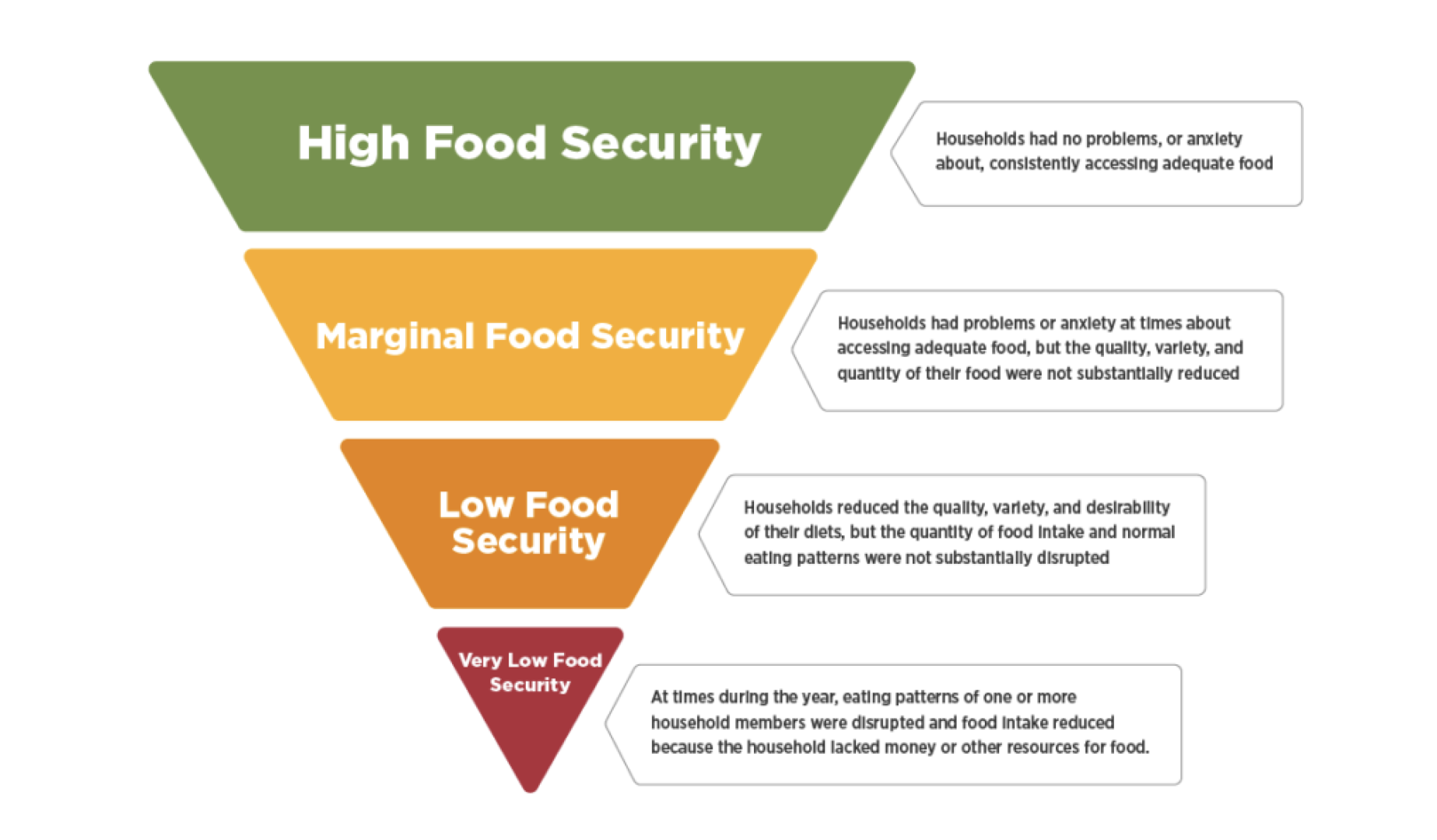Nearly 1 million Los Angeles County households reported being food insecure during the pandemic, and among the most impacted residents were single parents, particularly women of color, according to a report released Thursday by Los Angeles City Controller Ron Galperin for World Food Day.
“It is unacceptable for any child in Los Angeles to go to bed hungry and for families to lack easy access to quality, healthy food,” Galperin said.
“There are resources available to help people in need find free and low-cost meals, but policymakers must use data to create meaningful programs that address the root causes of food insecurity now and in the years to come. We need more thoughtful, comprehensive and collaborative solutions from the city and county to truly address this public health crisis.”
According to Galperin, food banks reported serving 10 times more working and low-income families during the COVID-19 pandemic, and levels in October 2021 remain higher than they did before March 2020. The highest portion of impacted residents included people who were unemployed, single parents and low-income women of color.
“While life is beginning to look more normal for some, many people in our community are still working to recover from the pandemic and related economic fallout,” said Michael Flood, president and CEO of the L.A. Regional Food Bank. “Even before the pandemic, the need in our community was high, but by working together, we can dramatically alleviate food insecurity in LA County.”\

Galperin released a map with the 1,800 food banks and distribution centers available throughout the state, and people can search by address to find ones closest to their locations. People can also find resources for government aid programs, food delivery programs, community fridges and groups that assist specific segments of the population, such as seniors and undocumented immigrants.
“This invaluable resource connects those in need with emergency services, while also providing information about organizations like MAZON working to end hunger through vitally needed policy change. COVID-19 has clearly shined a spotlight on the gaping holes in our nation’s — and our city’s — safety net, and this moment requires thoughtful, urgent and compassionate leadership at all levels of government,” said Abby Leibman, president and CEO of MAZON: A Jewish Response to Hunger.
People can access the map at lacontroller.org/data-stories-and-maps/food-insecurity.







